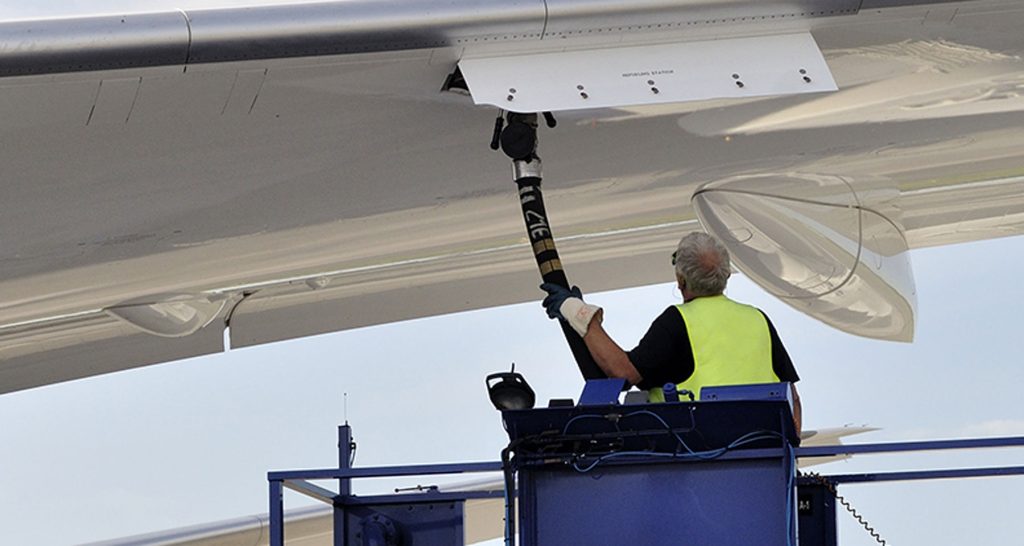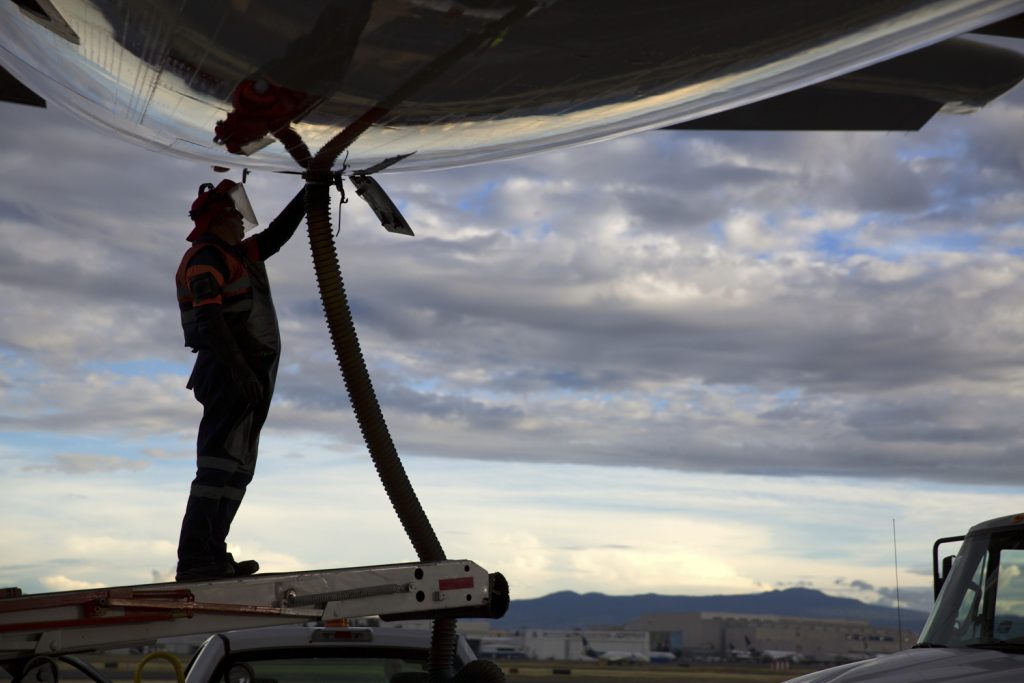eJet
FluidFlow helped eJet save approximately 20% of project budget in some cases in both construction and inventory costs.

Company Profile:
Projects Overview:

Challenges:
When designing airport fuel hydrant systems careful consideration must be given to the design flow rate and pressure at each demand point as well as the sequence of operation of demand points which can often be quite complex, particularly when there is several hundred de- mand points in the system. Without the use of a suitable software tool, the design of these systems it would be near impossible to evaluate the design alternatives.
FluidFlow & eJet
When developing our designs, FluidFlow allows us to consider the performance of the entire system for a sequence of operating conditions and thus ensure the target pressure and flow rate is maintained at all demand points for each scenario. This is usually an iterative process and the use of FluidFlow in this process is vital.
We use FluidFlow to model the effects of changes in pipe diameter and evaluate if we are within the design parameters, for example, we have changed line sizes from 18” to 20” in order to reduce the head loss through a given pipe section so we can achieve design pressures at all off take points and prevent the need for excessive pressure at the pump station.
We use FluidFlow to model the systems from the supply tanks in the fuel farm through the pumps, filters, feeder lines between the fuel farm and airport apron zones and the hydrant system itself. The software was used to successfully design extensions to the aviation fuel delivery systems at Hong Kong, Singapore Changi, and Delhi international airports.
One of our more recent major projects is a new build airport in a major international city.. FluidFlow was used at the preliminary design stage of this project to develop notional line sizing which will largely remain unchanged as the design develops further, such is the power capabilities of the software.
FluidFlow helped eJet:
- Save approximately 20% of their project budget in construction and inventory costs
- Avoid very difficult and extremely time consuming manual calculations
- No longer needs to rely on multiple platforms for calculation
- eJet has been using Fluidflow for over 20 years

Using FluidFlow has enabled us to better design airport fuel hydrant systems, whilst making significant savings in construction and material costs of millions of USD.’

Impact
As the system includes a significant amount of pipe- work, the reduction in line diameter should result in savings in the millions of USD in terms of material and construction costs.
Furthermore, as the full piping distribution system must be filled with fuel (dead stock), this reduction in pipe diameter reduces the amount of dead stock required and as such, leads to significant savings in fuel costs.


